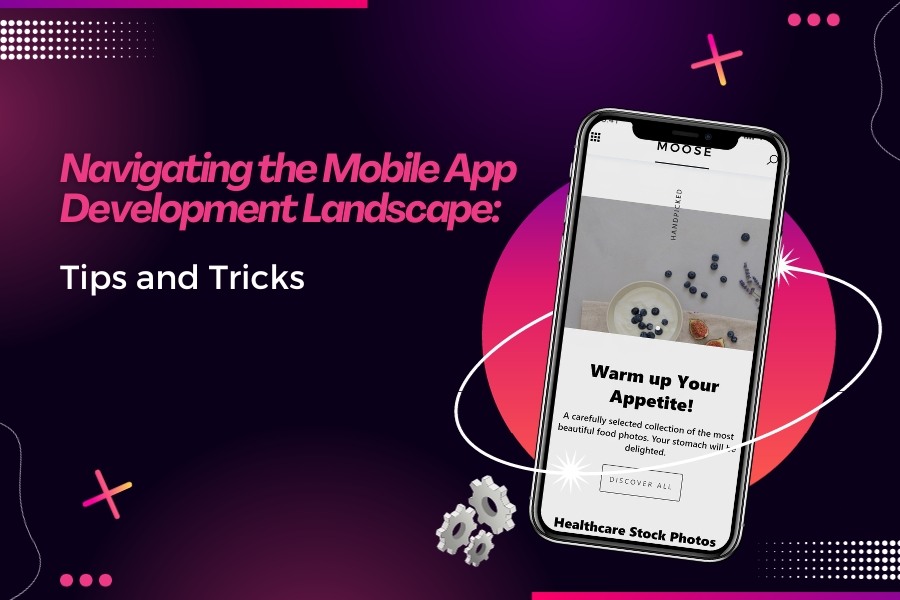
Navigating the Mobile App Development Landscape: Tips and Tricks
One of the most important aspects of the modern digital world is mobile app development. Organizations are striving to create mobile apps in order to connect with the growing number of smartphone users. But creating a mobile application is a difficult undertaking. It necessitates thorough planning, ongoing education, and landscape adaptation. We'll look at some app development tips in this post to assist you successfully traverse the world of mobile app development.
The Value of Thorough Planning
A mobile app development project's success depends on meticulous preparation. It include determining the target audience, establishing goals and objectives, and specifying the project's scope. These pointers can help you plan carefully:
Establish the project's scope.
Give a clear description of the project's parameters, including the characteristics and functionalities of the application.
Establish objectives and goals.
Establish clear objectives and goals for the app, such as raising income or improving user engagement.
Determine the intended audience.
Determine who the app's intended user base is and create the design with them in mind.
Ongoing Education.
It's critical always to be studying in the field of mobile app development. It is critical to stay current with developing trends, as fresh technologies and structures appear daily. The following advice can help you learn continuously:
Attend workshops and conferences.
Understand about the newest trends and technology in mobile app development by attending events and workshops.
Examine articles and blogs.
Keep up with the newest trends in mobile app development by reading blogs and articles.
Participate in internet forums.
Participate in online groups, such social media groups and discussions, to network with other developers and gain knowledge from their experiences.
Getting Used to the Changing Environment.
To keep ahead of the competition, it's critical to adjust to the ever-changing world of mobile app development. The following advice can help you adjust to the changing environment:
Keep abreast on emerging technologies.
Keep up with the newest frameworks and technologies to ensure your app is current.
Test your app often.
Test your app frequently to make sure it is working properly and to find any bugs or problems.
Attend to user comments.
To enhance the user experience, pay attention to user comments and modify the app as necessary.
Important Frameworks and Platforms.
For the creation of mobile apps, a variety of platforms and frameworks are available. The following are some important frameworks and platforms:
Native app development.
Using platform-specific languages like Swift or Java, native app developers create applications for particular platforms like iOS or Android.
Several well-liked frameworks for developing native apps are:
Swift: Apple created the robust and user-friendly programming language Swift for creating apps for iOS, macOS, watchOS, and tvOS.
Java: Creating Android apps is facilitated by the popularity of this programming language.
Hybrid app development.
In this approach, web technologies like HTML, CSS, and JavaScript are used to create apps, which are then wrapped in native containers.
Cross-platform app development.
This process entails creating applications that use a single codebase to run on several platforms. A couple of well-known cross-platform frameworks are React Native and Flutter.
Xamarin: Microsoft introduced Xamarin, a well-liked cross-platform app development toolkit.
Flutter: Google introduced the well-liked cross-platform app development framework Flutter in 2017.
Conclusion
Developing a mobile app is intricate. It calls for thorough planning, ongoing education, and landscape adaptation. You may effectively maneuver the mobile app development landscape by paying attention to the app development tips that are discussed in this article. To make sure your app is current and user-friendly, keep up with the newest frameworks and technologies, test it frequently, and pay attention to what users have to say.


